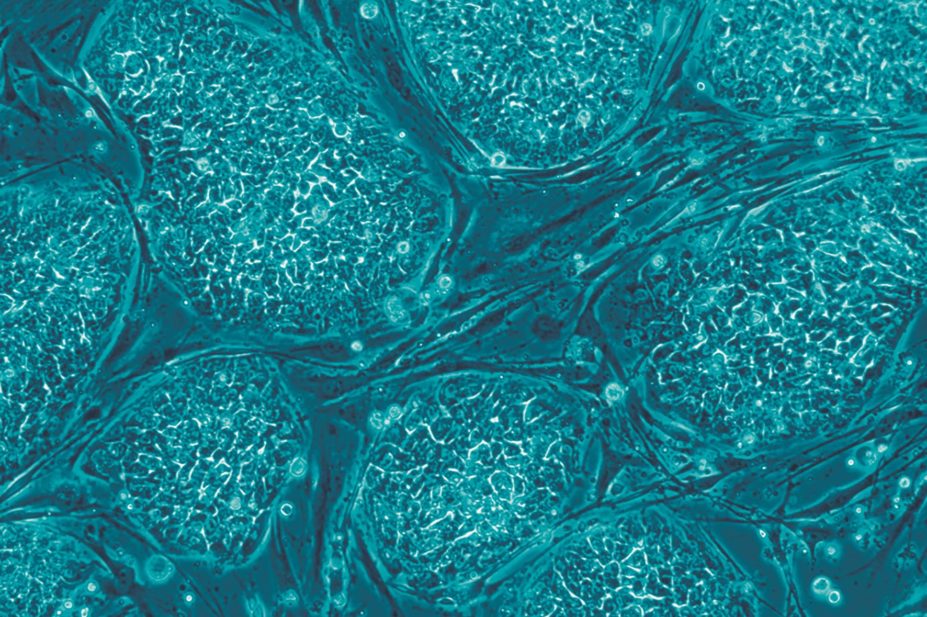
Nissim Benvenisty, Russo E / Wikimedia Commons
Human embryonic stem cells (hESCs) hold promise as a source of therapeutic cells for a wide range of degenerative diseases, but their plasticity and capacity for self-renewal has prompted safety concerns.
A study published in The Lancet (online, 15 October 2014)[1]
provides the first evidence of medium- to long-term safety, graft survival and possible biological activity of hESC-derived cells transplanted into patients.
Robert Lanza, from Advanced Cell Technology in Marlborough, Massachusetts, and team transplanted hESC-derived retinal pigment epithelium in 18 patients with macular degeneration. The cells appeared safe and were well tolerated up to 37 months after transplantation. Furthermore, visual acuity improved in 10 of 18 treated eyes and improved or remained the same in 7 eyes, whereas untreated control eyes showed no such improvement.
References
[1] Schwartz SD, Regillo CD, Lam BL et al. Human embryonic stem cell-derived retinal pigment epithelium in patients with age-related macular degeneration and Stargardt’s macular dystrophy: follow-up of two open-label phase 1/2 studies. Lancet 2014. doi:10.1016/S0140-6736(14)61376-3 (accessed 15 October 2014).


